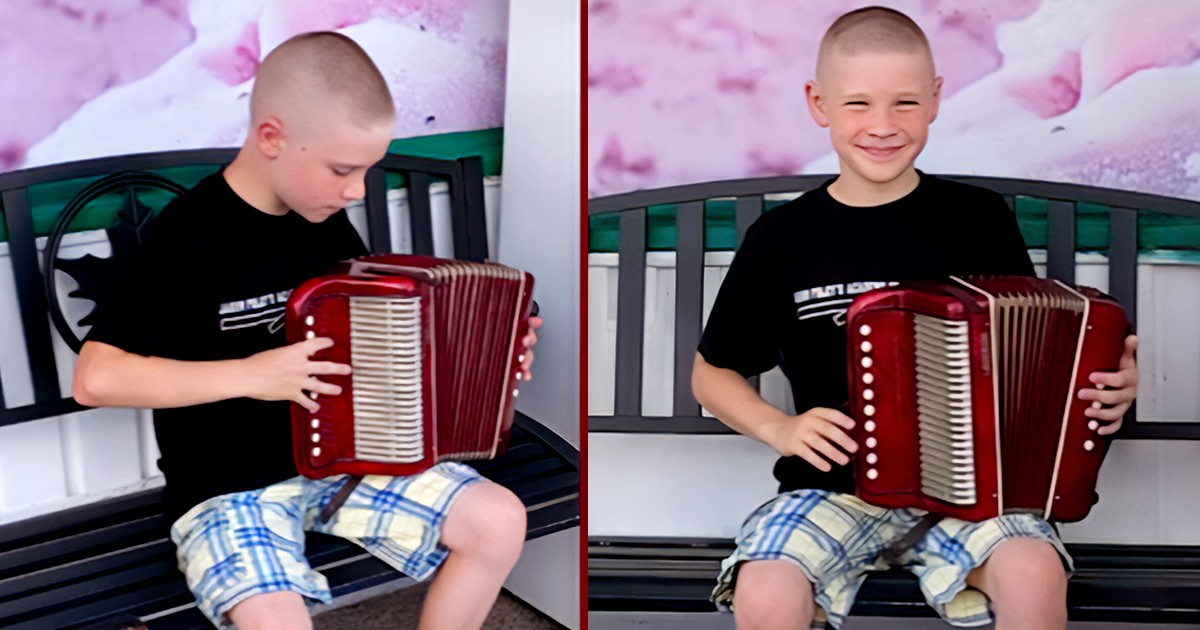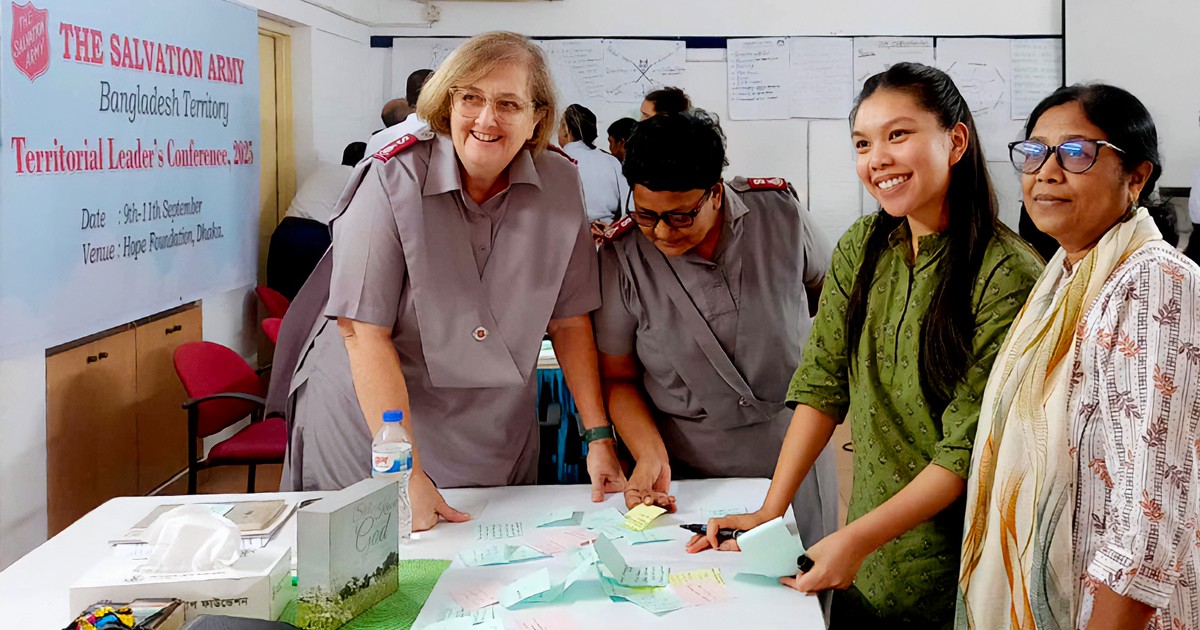In my previous article, I wrote about the consequences of prison for the individual, the family and the community. Here, it is my intent to trace a line for the reader between the road to prison and the road from prison, to show the unique obstacles facing certain segments of the population in Canada and how the explanations for crime are rarely as simple as “individual responsibility.”
Research shows that many vulnerable Canadians live in desperate conditions—neighbourhoods with precarious housing, low employment, easy gun access and violence among youth. What impact does this have on a person and their choices? And how can we, as Christians and The Salvation Army, be part of the solution?
The Road to Prison
In the cultural conversation around crime, there is a popular and well-versed narrative that stresses individual responsibility. If you want to emphasize the choices individuals make on the road to prison, you can find them every time: for example, nobody forces young men to join gangs; they could stay in school. What influences their decision?
Every individual possesses choice, yet there are profound structural constraints that limit the choices available to some young men and women. In disadvantaged communities, residents face isolation, deprivation, violence, addiction, mental illness, an absence of control and connection, and a dearth of opportunity. If the neighbourhood is in disarray, with a notable absence of police protection (but strong police surveillance and apprehension), residents will seek alternative strategies that others may describe as “dysfunctional” or “criminal.”
The conditions of poverty and illegal adaptations are the foundation of a self-reinforcing environment of fear; the punitive and aggressive response from law enforcement creates cynicism, which corrodes trust between “legitimate” forms of power and residents attempting to enact their own control. This is the climate where many begin their journey through the criminal justice system.
This is reflected in the numbers, available to anyone who looks a little closer. In 2018, 30 percent of adults admitted into custody were Indigenous, despite representing only four percent of the Canadian population. Among youth, 43 percent were Indigenous, despite them making up only eight percent of the youth population in Canada. Indigenous women are three times more likely to be the victim of a violent assault than non-Indigenous women.
After controlling for all other risk factors, Indigenous identity is still a predictor for violent victimization. The limited research (and a few high-profile cases) shows that over-policing and wrongful convictions are far likelier to impact Indigenous people than other people groups in Canada. People have choices, but these numbers suggest that many other factors play a role.
While most people who cycle through the criminal justice system start their lives in neighbourhoods with many struggles and disadvantages, there are choices amid these structural constraints, and I would hate to paint a picture of people as passive victims of the system, as some researchers do. In his book Code of the Street: Decency, Violence, and the Moral Life of the Inner City, sociologist Elijah Anderson describes the disheartening circumstances of young Black men as a culture of poverty, suggesting that the incidence of drug dealing, hostility and violence is a grotesque form of coping and nothing more, but I disagree.
Whether we reduce the cause of crime to individual explanations or portray the suffering of certain communities as inevitable, the consequences are equally serious. And in both cases, we undermine the opportunities for personal agency to inform larger supports and strategies for change.
The Road Home
The road back from prison is also full of obstacles. What does the recently released offender face after his stint in prison? Extreme poverty is a consistent part of re-entry. A study by Bruce Western, a leading academic expert on American incarceration, shows that ex-offenders have an average of $330 or less upon their release. Depending on the health of his family relationships, an ex-offender may experience tension and weak bonds with those he needs help from most. He may be sick, already or newly addicted to drugs—or he is clean, but unprepared for the struggles he will face once released.
Hopefully, he has a family member with whom to stay. If not, he may be in a race against the clock to find housing or face cramped, unhygienic and drug-ridden homeless shelters where he is at heightened risk for substance abuse, unemployment and absconding from parole in the first month. If he is not banned from subsidized housing, he may remain on the waiting list for two or three years.
Hopefully, he is young, as older recently released offenders fare especially poorly and are among the most isolated.
Employment is generally understood to have a positive impact on identity and profound protective effects against recidivism, yet many offenders remain uneducated and unprepared for work. In addition, ex-offenders face stigma, as Canadian employers often perceive individuals with criminal records as a safety risk. The ex-offender is effectively stuck in a trap where discrimination and the erosion of skills, as a result of having a criminal record, prevent him from the very jobs that protect him from further criminal involvement.
The ex-offender returns to a life not dissimilar to what he left behind, with one especially glaring difference: he is now an ex-offender. He is labelled a criminal and he carries that stigma with him into job interviews (if he gets that far), housing applications (which he may be banned from), volunteer opportunities and new friendships. If he is a man of colour (which, statistically, he is more likely to be) it is far worse, with the odds of receiving a call back for a job interview being 125 percent lower for Black ex-offenders than for white. He is excluded from the society he is told he should rejoin. In many ways, he is set up to fail.
Empowering Change
Some reintegration programs do document success. Examples I’ve come across in my research include youth mentorship programs and a meaningful employment program for justice-involved women in Calgary that considers underlying roots in poverty and addiction. Success seems to coincide with programming that extends rather than inhibits ex-offender agency, as well as interventions that empower communities, rather than punish them.
The Salvation Army’s Positive Lifestyle program, offered in several correctional ministries across the territory, acts as an alternative to custody, a form of community involvement for those who have committed a non-violent offence. While the program still leans toward the individual side of things, there is a distinct difference: it connects those involved in the criminal justice system with a community member and a volunteer (sometimes paid) chaplain.
I had the privilege of participating in this program in Toronto, walking alongside a few young men and women for 14 weeks. One individual really tugged at my heart. He had experienced much of the suffering outlined above and had made some bad calls along the way. He was profoundly lonely, anxious and desperate for change. We discussed topics of self-control, financial planning and healthy emotional boundaries, but it was the relational piece that was most important.
I wasn’t a professional therapist or a paid employee. After establishing healthy boundaries, I was able to listen and encourage him, and found myself learning along with him. Near the end of the program, I encouraged him to check in with me occasionally. He told me I gave him hope and made him feel that he was worth knowing. He is worth knowing. Walking with him gave me the opportunity to see the world through a very different lens, and I am better because of it.
Healing Community
These rare examples of success in aiding hurting neighbourhoods have taught me that healthy community, where people are empowered to find constructive solutions to injustice, harm and dysfunction, can be a powerful healing balm to suffering, loneliness and struggle.
I think of how Salvation Army corps were intended to function: not just as a service or a program but as a family. We were intended to walk alongside people in a particular neighbourhood. The local church was meant to be steadfast, faithful and robust, able to stick with it when community is messy and made up of people from all walks of life. Community is where we start.
I believe that when we view people as “them” we fall into a particularly dangerous Christian trap: they become projects, the “needy.” They are fundamentally unlike us. We don’t make community with them, we “help them.” Our friends become our actual community, those who influence us and hold us accountable (or don’t). The way of Jesus invites us into community with those who look, live and experience life differently than us. Otherwise, we live in an echo chamber of our own preconceived ideas about the world.
If you are unmoved by the picture I have painted, I ask humbly: Why do we hold so tightly to ideas about certain types of people? How painful it is when people who don’t know us make judgment calls about who we are! Why have we not extended the same dignity to people who have made legal and moral mistakes in our society?
I’ve heard it said, it’s not that the rich don’t care about the poor, it’s that the rich don’t see the poor. We must meet those involved in the justice system where they are before we cast judgment or prescribe remedy. That is how Jesus meets us. Just as we are.
Rebekah McNeilly is the social media and resource co-ordinator for women’s ministries in the Canada and Bermuda Territory. She is completing a PhD in criminology at the University of Alberta.
Photo: coldsnowstorm/iStock via Getty Images Plus
The Salvation Army and Correctional and Justice Services
The Salvation Army has a long history of working in the correctional and justice field. While active in prisons and courts, the Army also provides a number of community-based services. Read more:
Redemption Stories
Freedom Ministries offers invaluable support to inmates, past offenders and their families.
Repairing the Harm
Restorative justice heals broken relationships.
Life After Prison
How Ellen Osler Home helps women start over.
A Healing Place
The Salvation Army and an Indigenous correctional facility partner to restore women’s lives.
Time Out
The Salvation Army’s Cuthbert House helps youth in conflict with the law.
The Phoenix Project
Human trafficking survivor helps other women find a way out.
A Chaplain on the Front Line
Juliane Martin uses COVID-19’s lens to see her faith with fresh eyes.










Leave a Comment